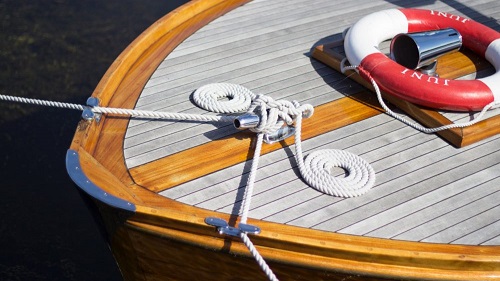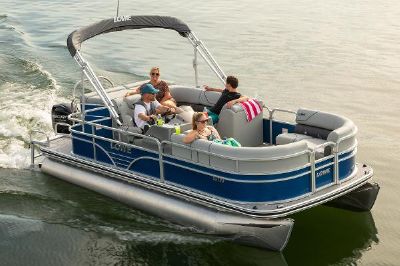THE BOATS.COM FOURTH OF JULY BOATING SAFETY INDEX

- Fireworks on boats is not a good idea!
It may seem obvious, but doing fireworks on boats is never a good idea. The Consumer Product Safety Commision reports that on average, 280 people go to the emergency room every day with fireworks-related injuries in the month around the July 4th holiday. In 2017, they also reported 8 deaths related to fireworks. Take your boat to a location to watch professional fireworks instead.
- Gear Up
There’s no way to predict when an emergency will happen — so it’s critical for every captain to have essential gear, like flashlights, batteries, ropes, duct tape, a waterproof whistle and a well-stocked first aid kit available at all times. It just might save a life.
- Check that weather app
There are few surer ways to end up in hot water (ahem) while boating than to ignore weather forecasts. Also pay close attention to sudden changes in wind and water conditions.
- Jackets required
Nothing’s more crucial in an emergency than a properly-fitted life jacket. Not only does it serve as a floatation device, it’s also designed to keep an unconscious person face up — which may prevent drowning and even hypothermia.
- Create a pre-departure checklist
It’s easy to overlook some important safe boating tools when prepping for a fun day on the water. Review a checklist before every trip to make sure you’ve got everything you need.
- Get an official safety check
Make sure your vessel’s in shape after a long winter. The Coast Guard and the U.S. Power Squadrons offer free vessel safety checks. There are no consequences for failing the check and it just might identify an issue you didn’t know existed.
- Make sure the engine passes the sniff test
This is another safety tip especially useful after a winter hiatus. After refueling, open all the hatches and smell for fumes. Carbon monoxide can easily accumulate in enclosed spaces, blocked exhaust outlets, and other spots — creating a major safety hazard.
- Make a float plan
Leave a float plan with someone on shore. That way, in case of emergency, they’ll know something has gone wrong. Include the names of all persons on board, boat type, itinerary, types of communication options, and the time you expect to return.
- Invest in a life jacket light
They provide a variety of safety features. If you fall in the water, a light will automatically come on and help people find you should the current move you away from the boat. It will also warn any nearby boats in the event that you are not visible. These lights are very affordable and easy to buy online.
https://www.amazon.com/Lifejacket-Light-DAN-Daniamant-Clip/dp/B0747S3H1B
This is hardly an exhaustive list of the best safety practices when boating. If you would like to learn more I would be happy to set up an interview with someone from Boats.com.

HERE’S WHAT TO DO WHEN ACCIDENTS HAPPEN
Make sure everyone is safe
That’s always the first step. Call for help immediately if you or someone else requires medical attention. Specify exactly where you are and what you need.
Report the accident to the Coast Guard.
Reporting an accident to the Coast Guard is similar to reporting a traffic accident to the police. An official statement can help document accident details and how they occurred. Remember, reporting an accident is generally required by law.
Document the accident
- Take photos. Capturing things like injuries, boat damage, and the condition of the water will help you with respect to liability and insurance issues.
- Notify your insurance company
If there’s property damage, take this step whether or not the accident was your fault.
Stay calm
Any accident can trigger intense stress but it’s important to keep your calm so that you can think more clearly and make important decisions.
